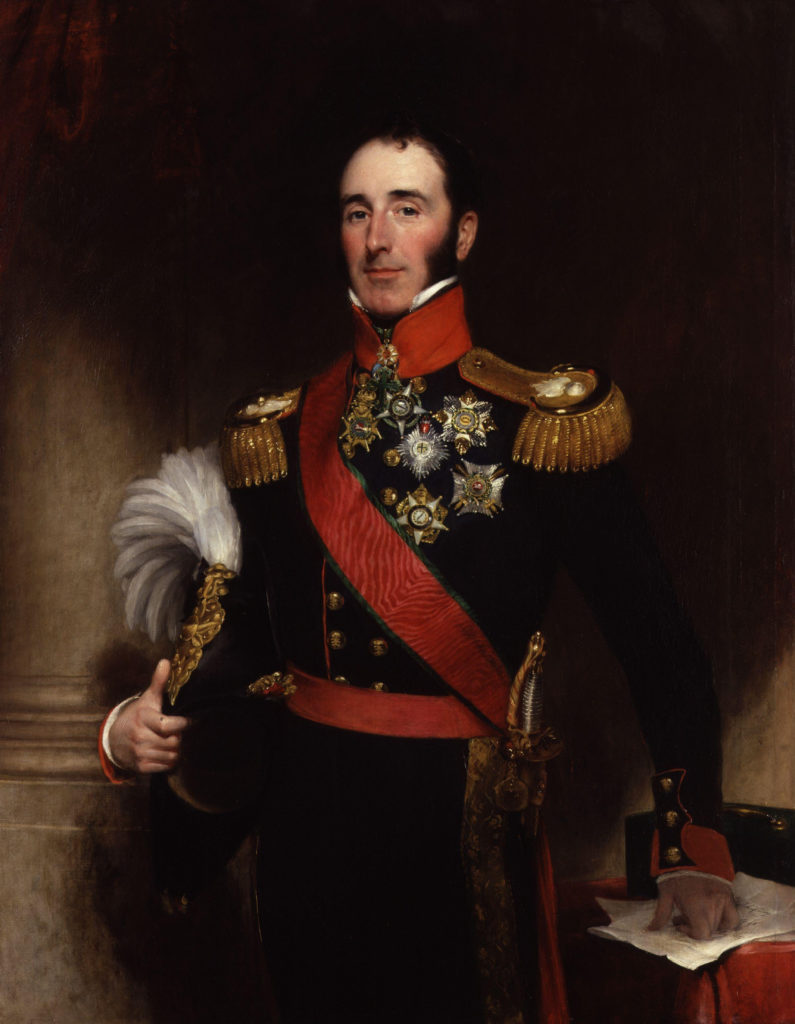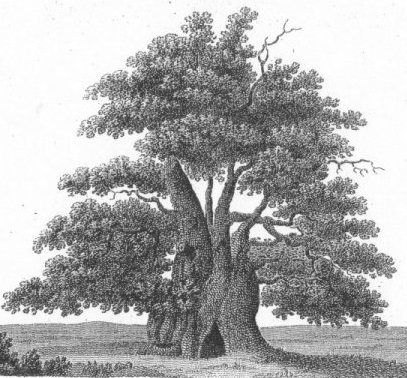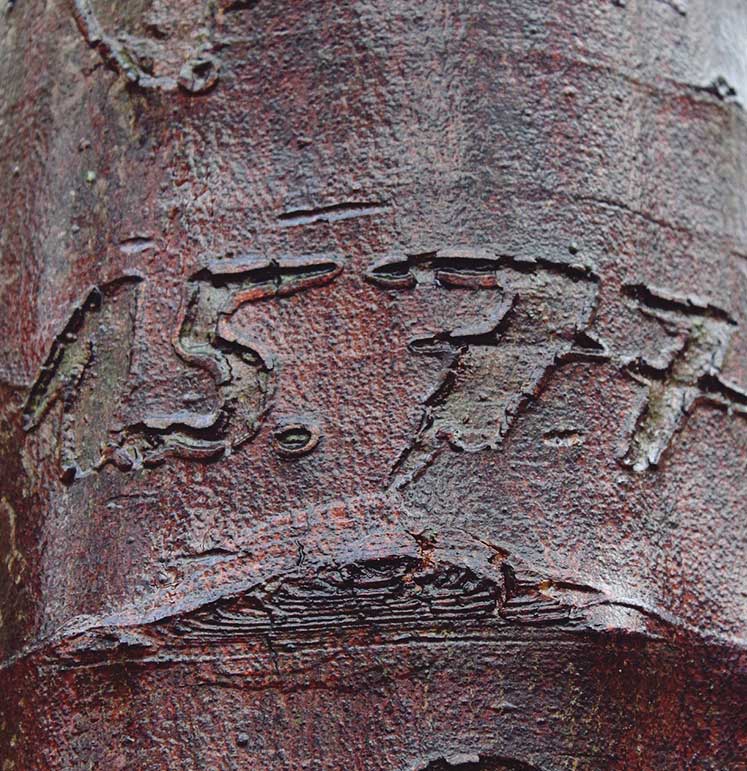Major Raymond Brooke
Member from 1795 to 1810


Little is known about first 60 years of the life of Major Raymond Brooke before he became an explorer and adventurer. His adventurous life really began after his retirement from the Royal English Army.
‘The Major’ as he was called in his homeland – the area around Sherwood Forest – often took long walks. He became a sort of archivist of the old trees in the Sherwood Forest, as well as a member of the Society of Antiquarians and the Royal Society. In these circles his articles on Roman building bricks and settlements in the Sherwood Forest were celebrated.
Beneath a huge oak tree he took his breaks and wrote notes so often that this mighty oak was soon named after him. Even today it is still known as the ‘Major Oak’. There is, however, more to this great oak than meets the eye.
From 1790, Major Brooke began systematically mapping the particularly old and beautiful trees deep in Sherwood Forest. Among these were the ‘Seven Sisters’, a tree formation consisting of seven trunks, and the ‘Horse Buggy Oak’, whose branches stretched far and wide in a bow that a horse cart could have passed through.
His contemporaries may have considered him a naturalist, but Major Brooke joined the ACE in 1795 with impressive insights.
In the Major Oak a kind of natural entrance can be found in its bark. Now, the Major was certainly not the first to get the idea of putting his head inside.
He examined not only the Major Oak but also all the other old trees of the forest and soon began finding signs in their bark which seemed to be repeating themselves. Usually arrows and bows. Sitting under his oak tree, he tried to decipher them.
Brookes findings were as follows: The arrows and engravings in the barks followed a system that led Robin Hood and his companions to their nearest, hidden arsenal in the forest. Mostly these were pits in the earth or hiding places inside the trees, like his beloved Major Oak. From his military training, he was familiar with such systems and was beside himself with joy to prove that this tactic had already been used by Robin Hood.
One day he handed over to the ACE not only the appropriate pieces of bark but also a breathtaking new find he had made – Robin Hood’s bow.
The bow, which now hangs in the ACE clubhouse, carries the initials RH and shows something truly amazing – the wear on the handle suggests that Robin Hood was left-handed!
In the possession of the Adventure Club of Europe
- Artefacts:
- The bow of Robin Hood



